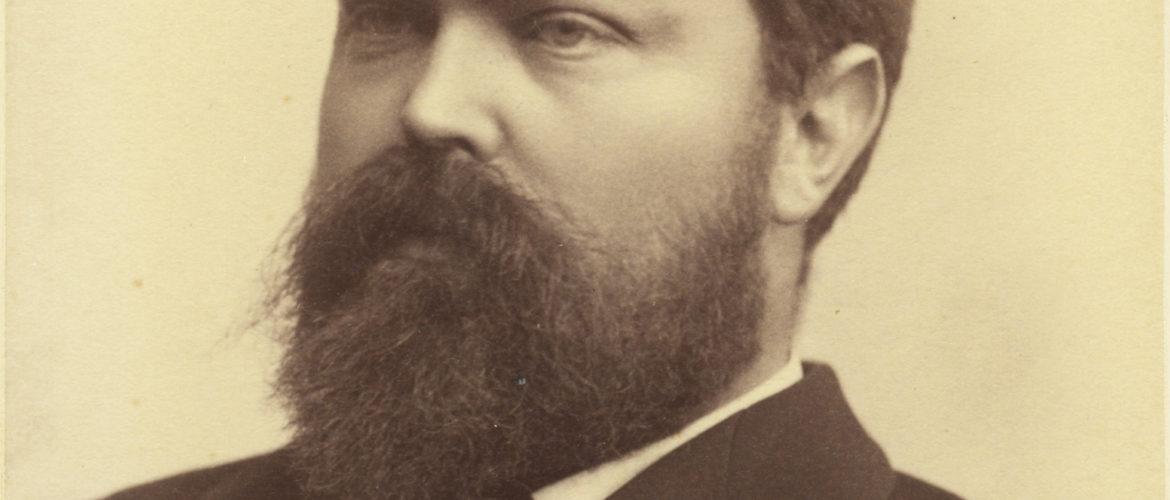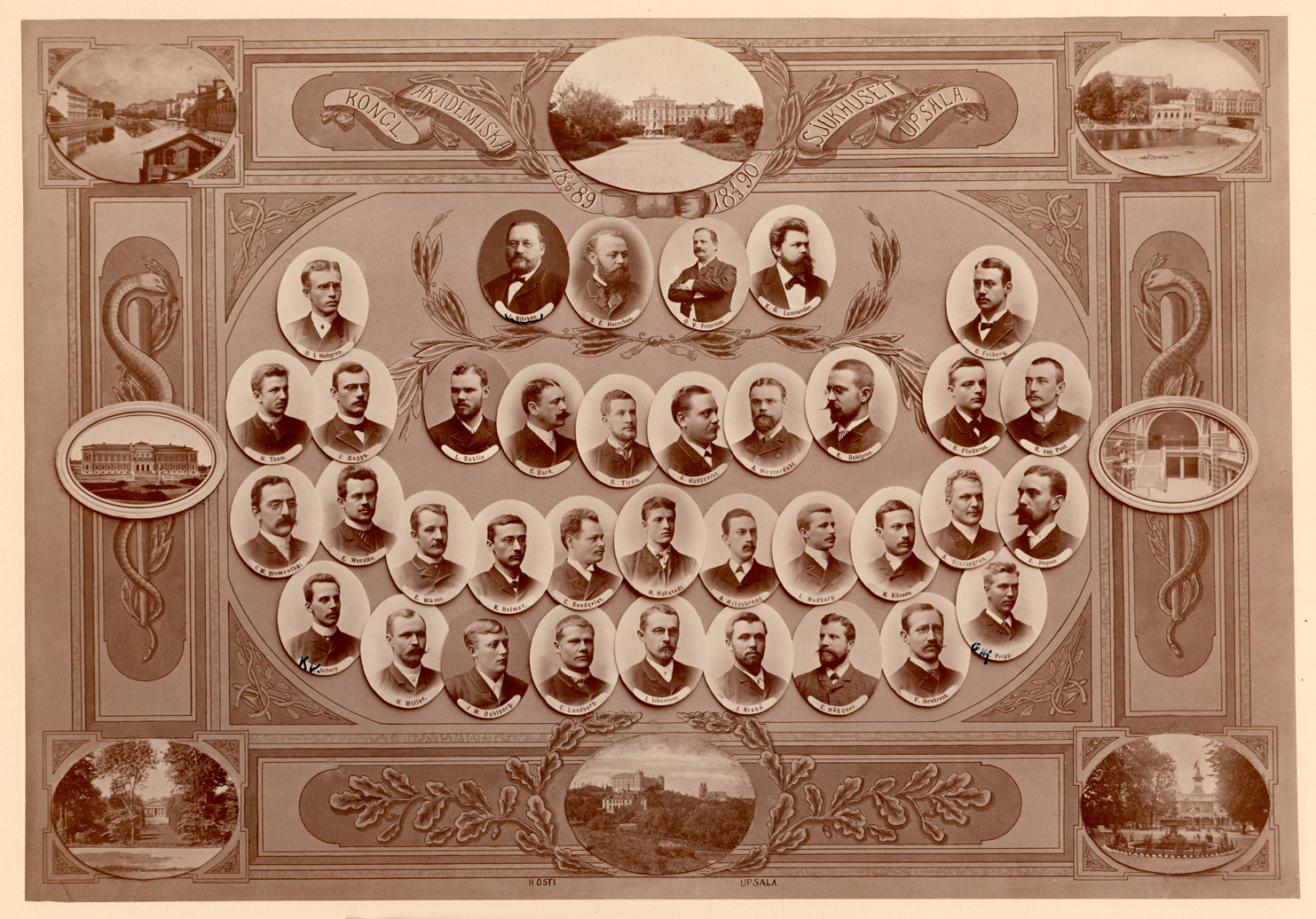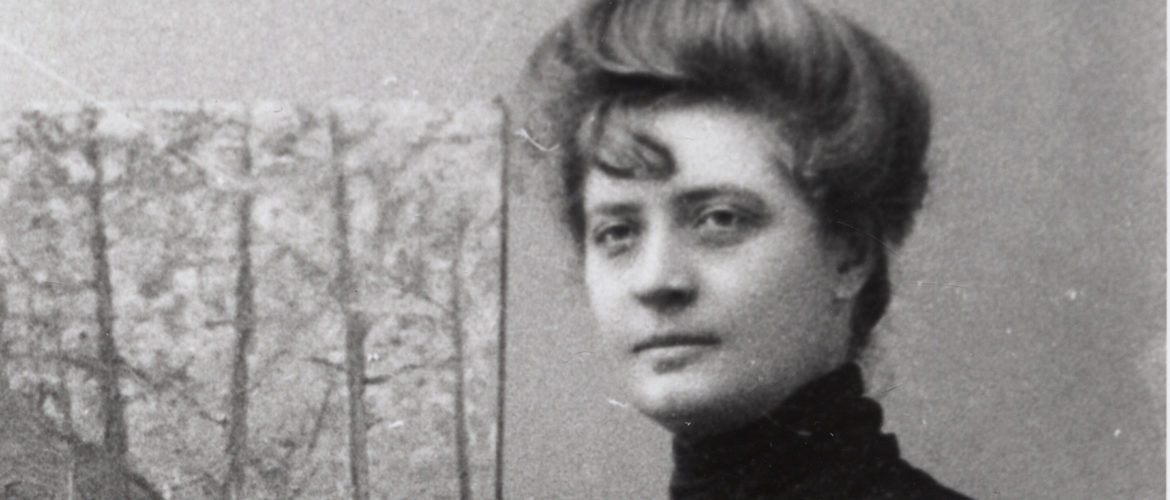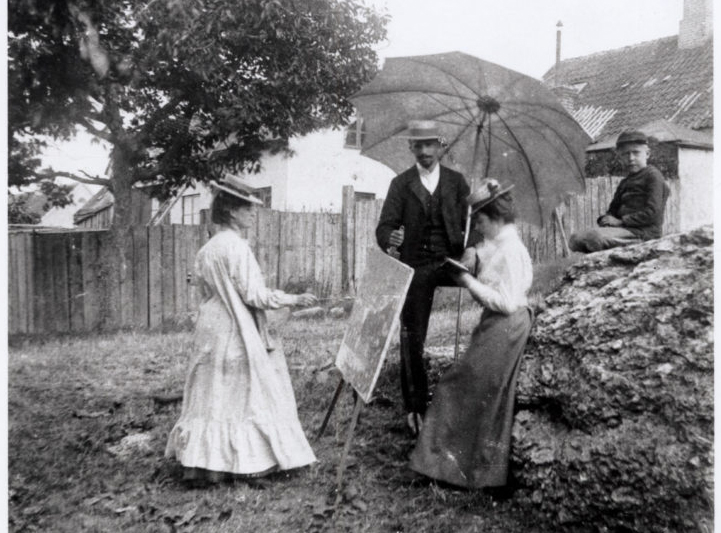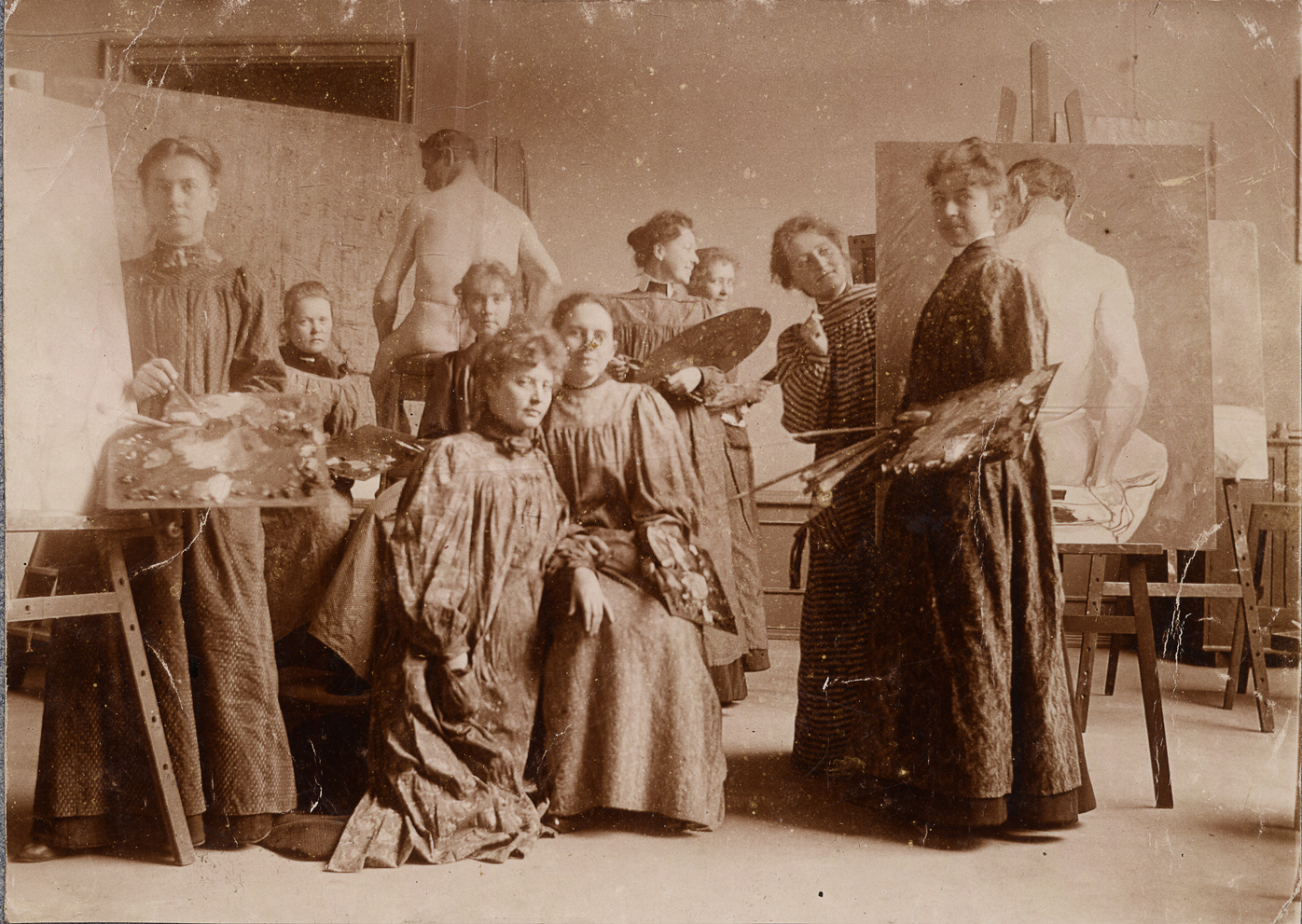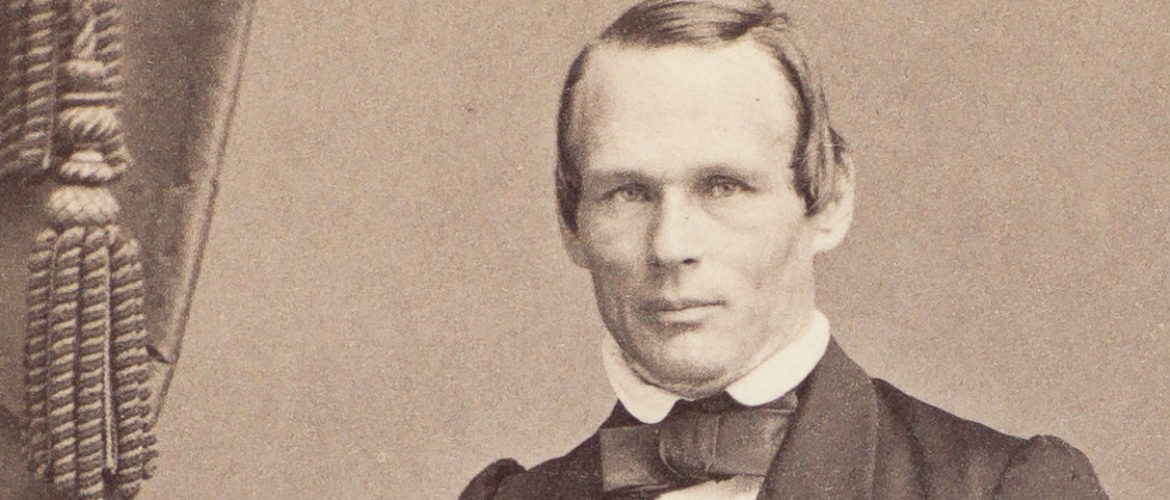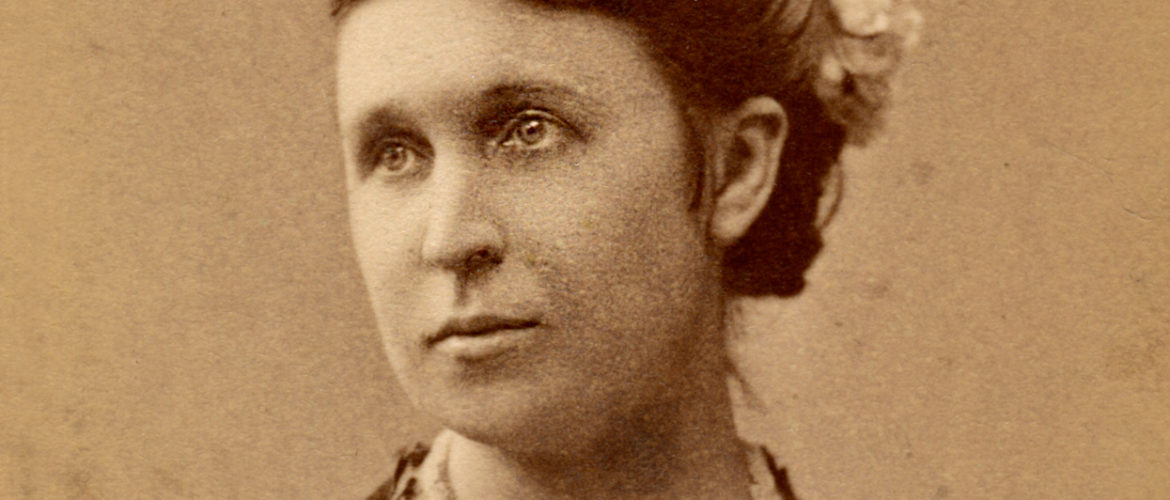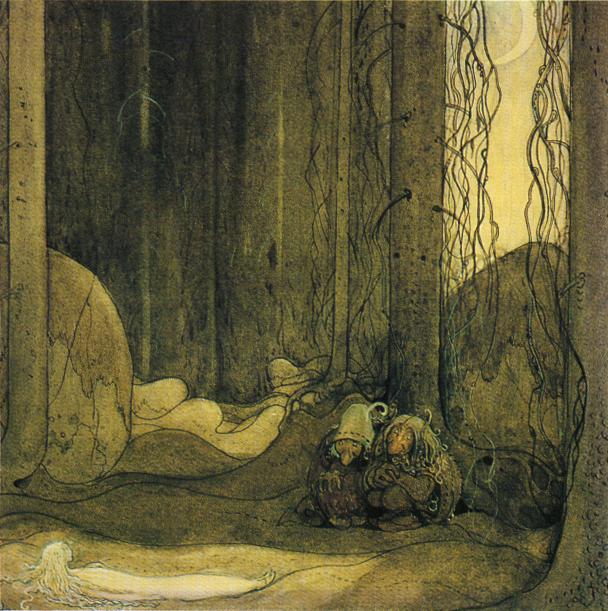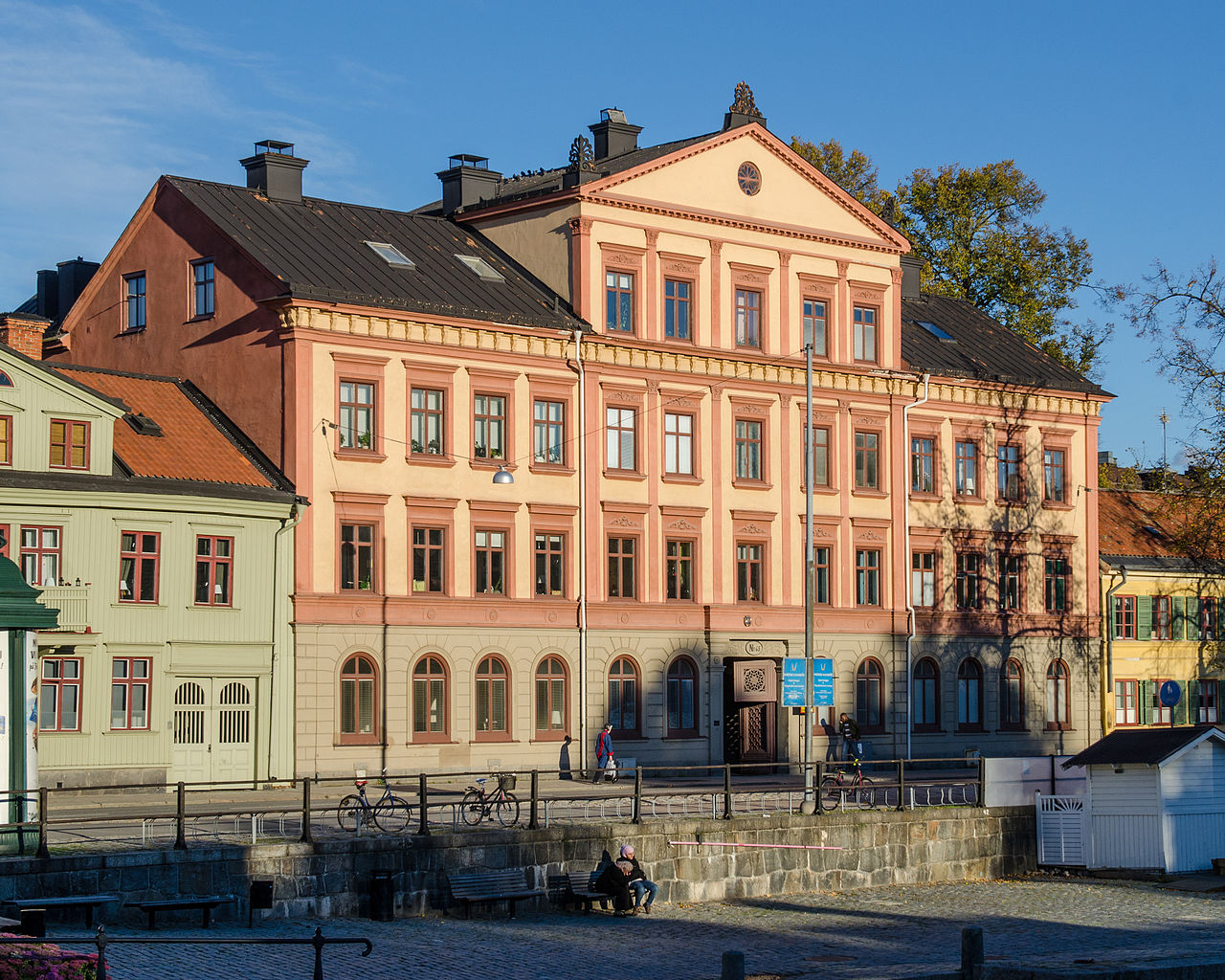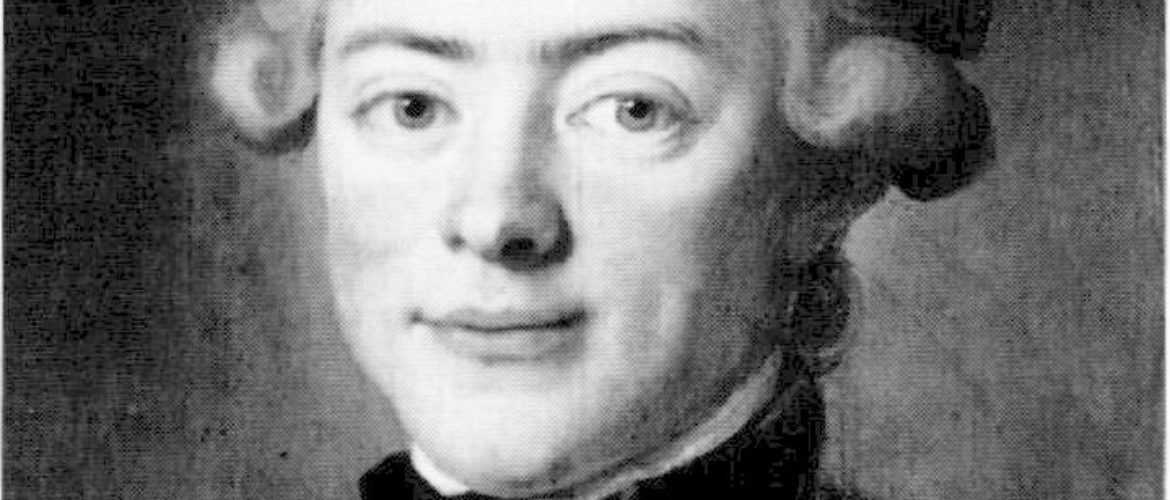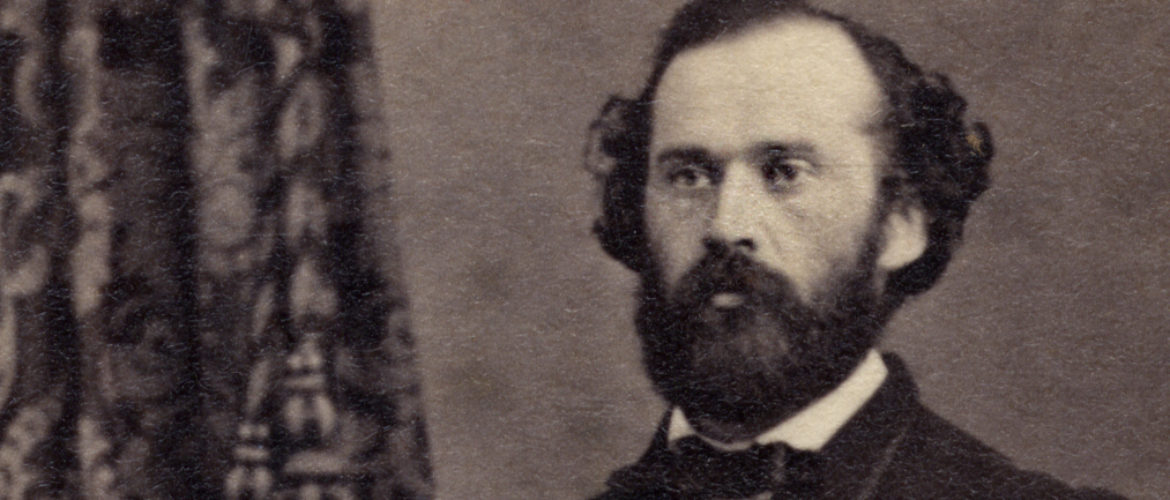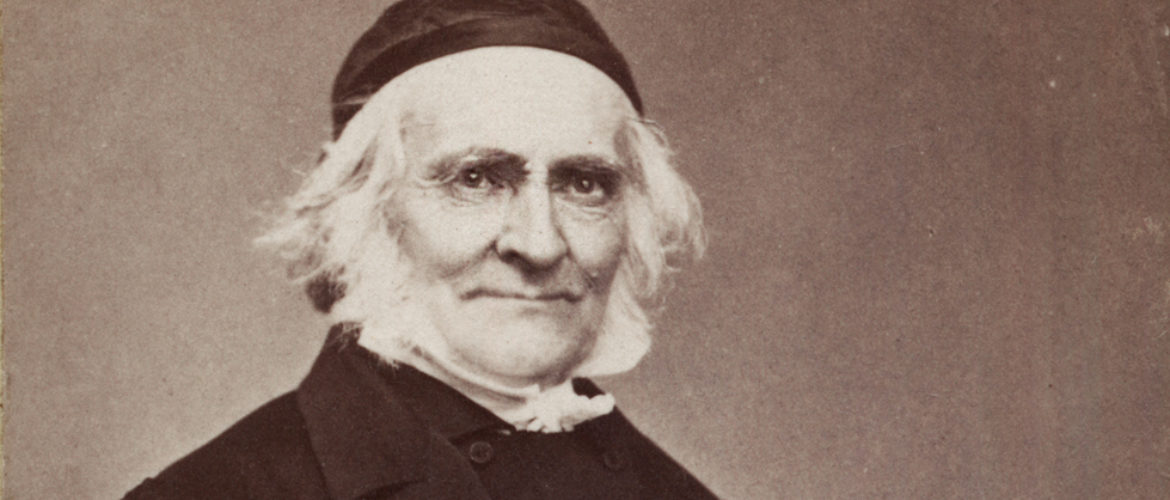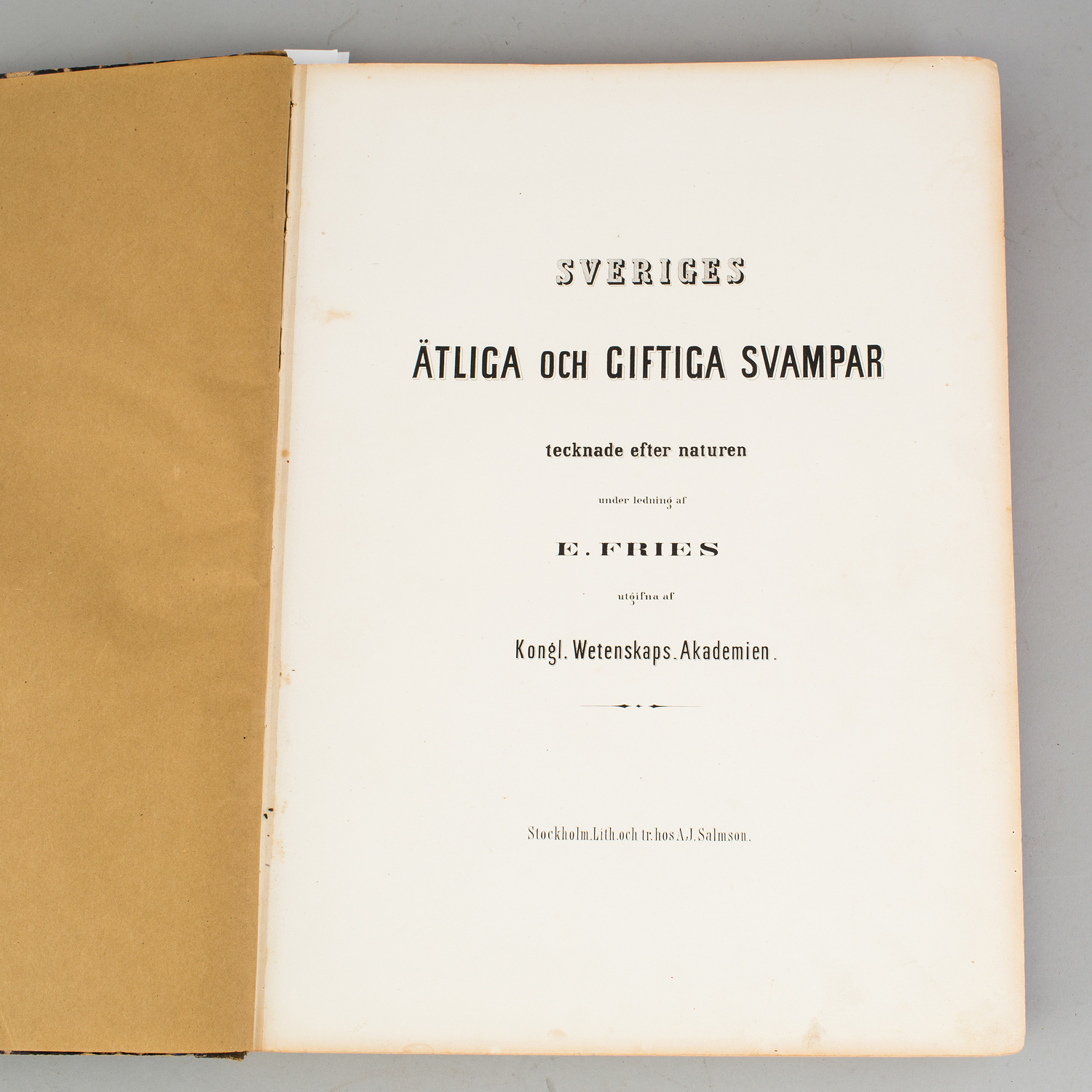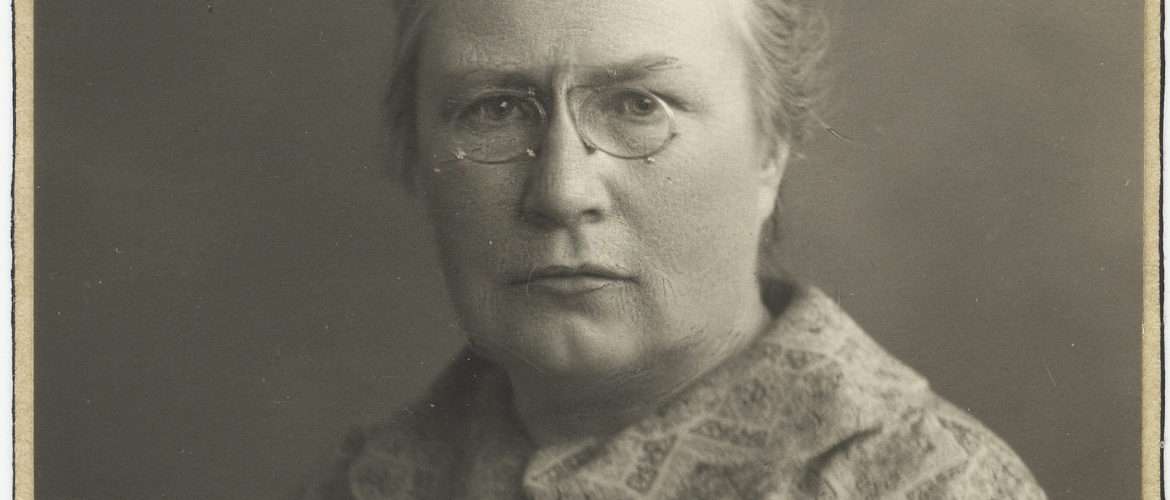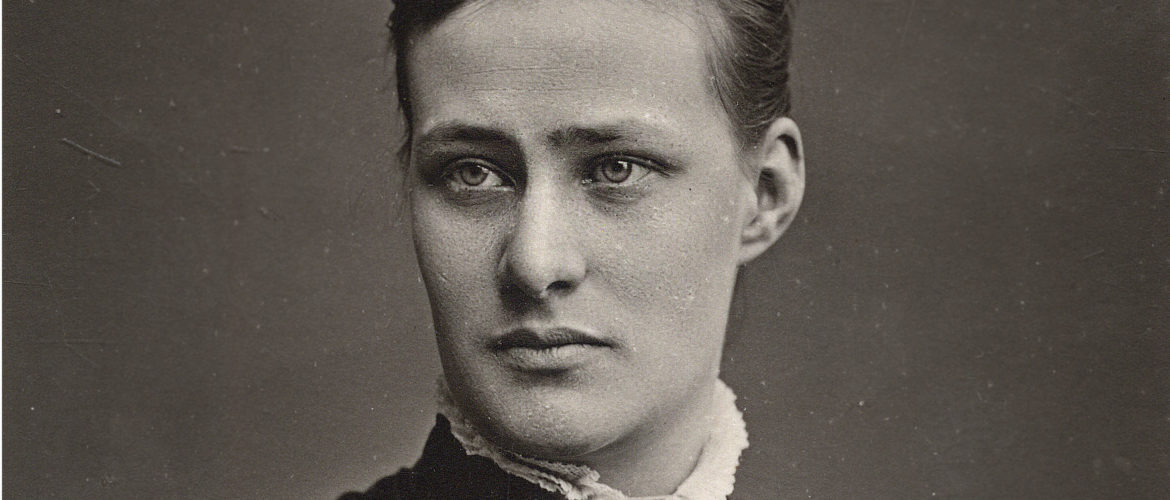1857-1908.
Physician, surgeon.
Karl Gustaf Lennander became a student in Uppsala in 1875 and later an associate professor and professor of surgery and obstetrics in 1891.
With him, modern abdominal surgery began in Sweden and in 1889 the first operation for peritonitis (inflammation of the peritoneum) originating from the appendix was performed. Lennander presented the results in 1902, when he also recommended early surgery for appendicitis (inflammation of the appendix). Lennander published several studies in surgery and gynecology.
Lennander became a member of the Society of Science in Uppsala in 1893, the Society of Science and Literature in Gothenburg in 1902 and the Royal Swedish Academy of Sciences in 1905. Lennander's large fortune was bequeathed to a scholarship fund at Uppsala University and to the Swedish Medical Society.
Surgery course, fall semester 1890. Professor Karl Gustaf Lennander (sitting in a light-colored coat near the operating table) with students Lindblad, Segerstedt, Floderus, Strandman, Kaijser, Olsson, Wennerström, Didriksson, Bodinsson, Nilsson. Photo: UUB.
Doctors at Uppsala University Hospital in 1889. Around the portraits are photographs of Fyrisån, Uppsala University Hospital, the harbor with the Pump House and the Department of Anatomy, Uppsala University, the staircase in the university building, the Botanical Garden, view of Uppsala University Hospital and the castle and cathedral, Flustret. Photo: Heinrich Osti / UUB.
Burial site: 0134-2133
Image description: Karl Gustaf Lennander, Uppsala ca 1880-ca 1890. Photo: Heinrich Osti / UUBThe image is cropped]
Click here for an uncropped image

